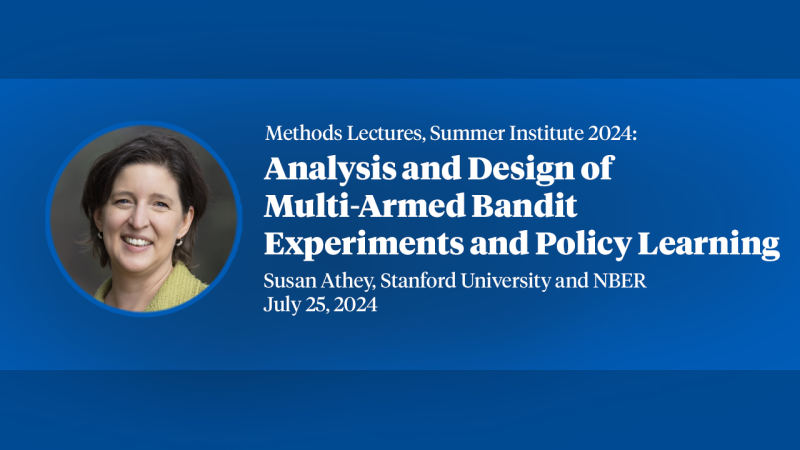Tasks At Work: Comparative Advantage, Technology and Labor Demand
This chapter reviews recent advances in the task model and shows how this framework can be put to work to understand trends in the labor market in recent decades. Production in each industry requires the completion of various tasks that can be assigned to workers with different skills or to capital. Factors of production have well-defined comparative advantage across tasks, which governs substitution patterns. Technological change can: (1) augment a specific labor type—e.g., increase the productivity of labor in tasks it is already performing; (2) augment capital; (3) automate work by enabling capital to perform tasks previously allocated to labor; (4) create new tasks. The task model clarifies that these different technologies have distinct effects on labor demand, factor shares, and productivity and their full impact depends on the substitution patterns between workers that arise endogenously in the task framework. We explore the implications of the task framework using reduced-form evidence, highlighting the central role of automation and new tasks in recent labor market trends. We also explain how the general equilibrium effects ignored in these reduced-form approaches can be estimated structurally.


